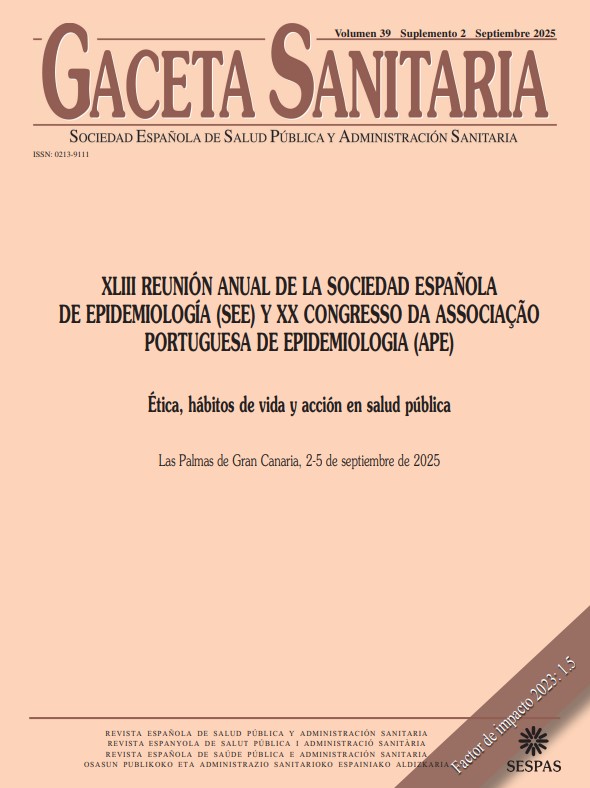335 - EXPOSURE TO DOMESTIC VIOLENCE AND INVOLVEMENT IN AGGRESSIVE BEHAVIORS DURING ADOLESCENCE
EPIUnit ITR, Instituto de Saúde Pública da Universidade do Porto.
Background/Objectives: Witnessing domestic violence can negatively affect children's cognitive, emotional, and social development, potentially contributing to problematic behaviors in adolescence. We aim to estimate the association of witnessing domestic violence with the engagement in aggressive behaviors during adolescence.
Methods: This cross-sectional study used data from the population-based cohort Generation XXI, assembled in 2005-2006 in Porto, Portugal. We analyzed data from 4,640 participants at age 13, who completed a self-report questionnaire assessing exposure to acts of domestic violence, involvement in physical fights, bullying, and cyberbullying. Information on socio-demographic variables and adverse childhood experiences (ACEs) was also collected. Logistic regression analyses were performed to examine the association between witnessing domestic violence and involvement in aggressive behaviors, adjusting for sex, maternal education, household income, parental unemployment and family structure.
Results: Results show that 14.2% of participants witnessed domestic violence, with 11.8% having witnessed 1-2 acts and 2.2% having witnessed 3 or more acts of violence. Witnessing violence at home was more frequently reported by boys, participants with less educated mothers, unemployed parents, lower household income, and those living with one or neither parent. Aggressive behaviours were reported by 17.4% of participants for physical fighting, 21.3% for bullying, and 4.6% for cyberbullying. The prevalence of domestic violence experience varied according to ACEs, increasing as the number of ACEs increased (5.6% for 1-3 ACEs, 11.1% for 4-5 ACEs, and 33.2% for 6 or more ACEs). A similar trend was observed for involvement in fights, bullying, and cyberbullying. Participants who witnessed domestic violence had higher odds of being involved in fights (AOR: 2.42, 95%CI: 1.90-3.10), bullying (AOR: 1.68, 95%CI: 1.32-2.14) and cyberbullying (AOR: 1.91, 95%CI: 1.24-2.94). A dose-response relationship was observed, with higher odds of involvement in fights and bullying as the number of witnessed acts increased (AOR [1-2]: 2.28, 95%CI: 1.74-2.97; AOR [#1 3]: 3.80, 95%CI: 2.17-6.65; AOR [1-2]: 1.51, 95%CI: 1.16-1.97; AOR [#1 3]: 2.67, 95%CI: 1.52-4.67, respectively). Higher odds of involvement in cyberbullying were also found among participants who witnessed 3 or more acts of violence (AOR [#1 3]: 5.19, 95%CI: 2.52-10.69).
Conclusions/Recommendations: Children who witness domestic violence are more likely to engage in aggressive behaviors during adolescence, including physical fighting, bullying, and cyberbullying.
Funding: FCT: 2022.06837.PTDC; DOI 10.54499/2022.06837.PTDC; UIDB/04750/2020, DOI 10.54499/UIDB/04750/2020, LA/P/0064/2020, DOI 10.54499/LA/P/0064/2020; CEECIND/01516/2017.















